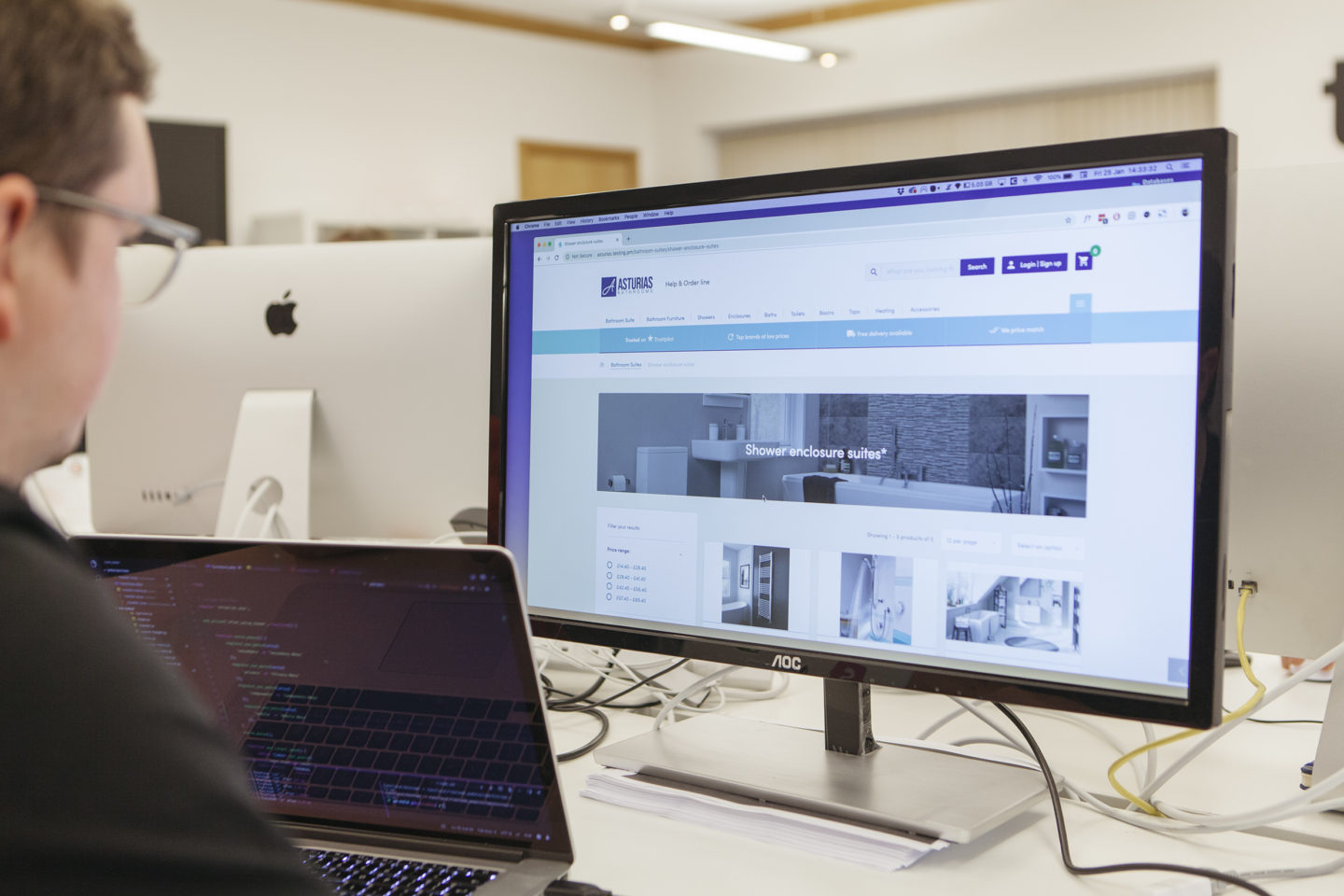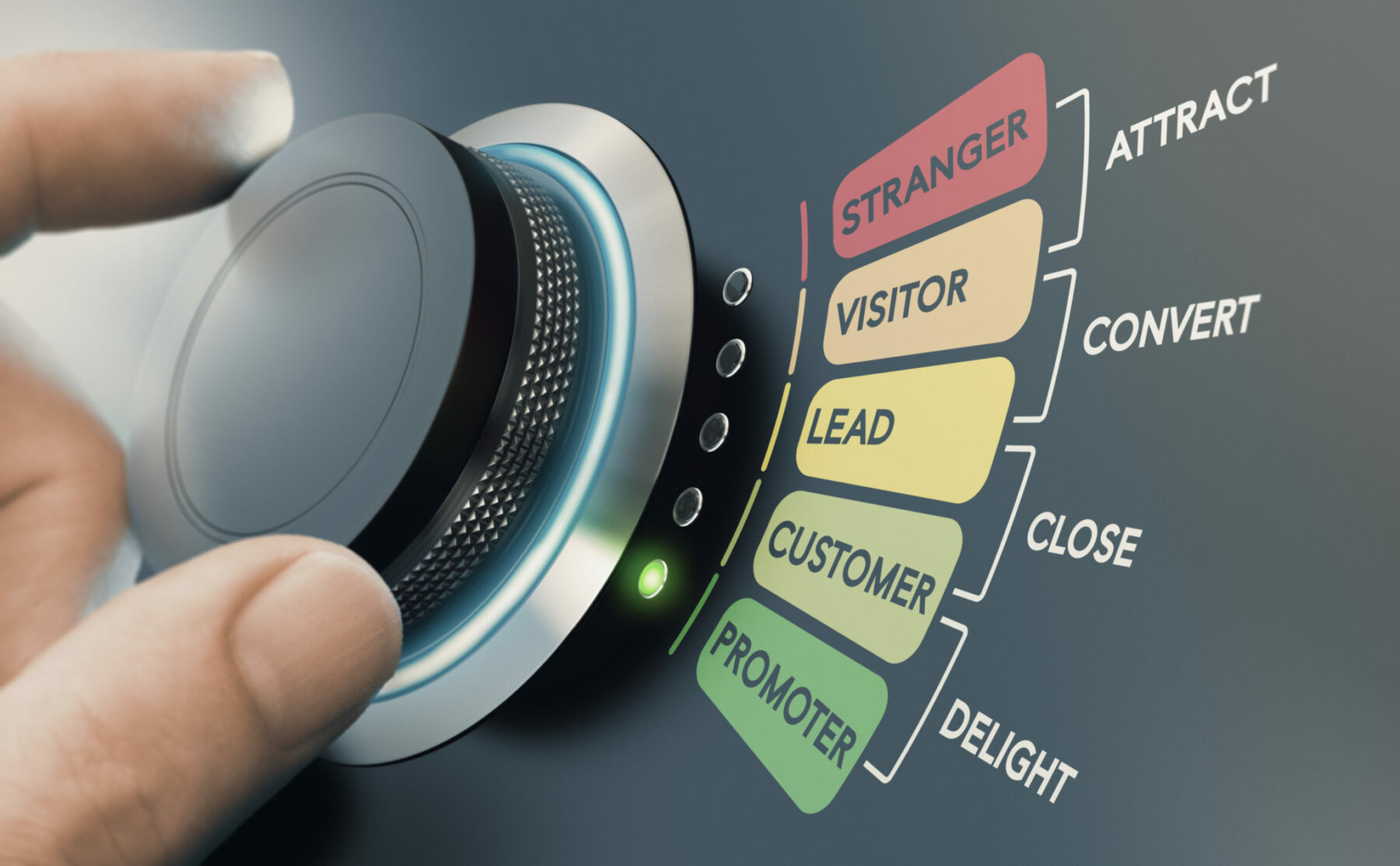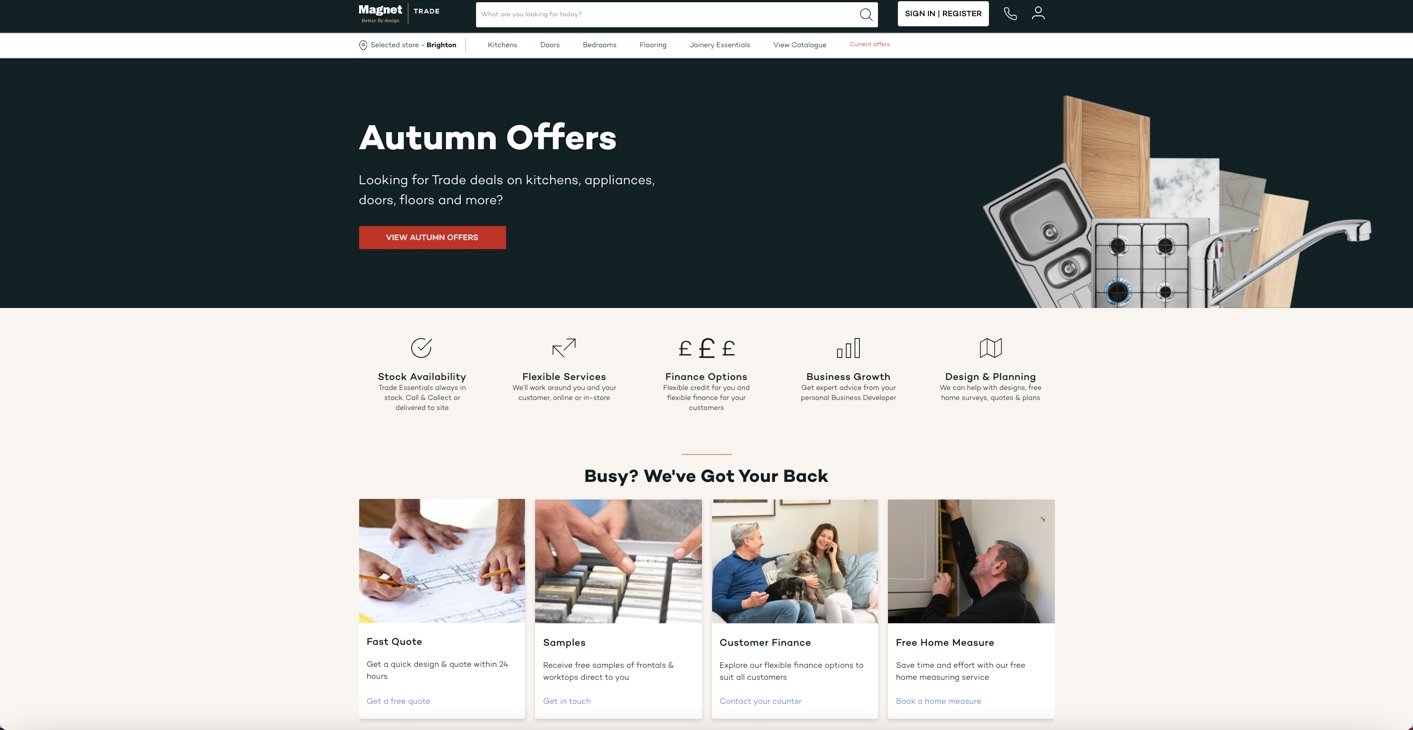How to build buyer relationships in a digital space.

With 70-80% of decision-makers now preferring to buy goods and services digitally, there has never been a better time to invest in your online customer communication.
Incentivised further by the pandemic, digital interactions make the buying process easier for customers and significantly reduce customer support costs for your business.
Gone are the days that online purchases are just for small-ticket items and fast-moving consumables, with research showing that up to 70% of businesses are open to spending in excess of £35,000* online.
Many B2C businesses have found success in building a self-service driven communication strategy to reach out to customers, so how can a B2B business drive customer success in the same way? Let’s take a look…
Our personal shopping habits as consumers have shaped our expectations for B2B buying experiences. A clear distinction between the two is output. The goal for B2C digital selling is all about maximising sales and whilst that is also a goal for B2B, it also enables more efficient customer relationship management.

From streamlining the onboarding process for potential customers to increasing sales opportunities – when executed well, a digitally-led sales strategy has a wealth of business benefits:
By curating an online presence, you gain control over your brand. Well-thought-out digital content helps more people to see your business by increasing touch-points and as a result builds brand credibility.
Creating an online platform where your potential customer can make their own assessment of your business will help pre-qualify and nurture a lead.
The goal is to build trust with a prospect by engaging with them at each point in their buyer journey with value-based interactions.
A digital presence is a cost-effective and accessible way to build a wider customer base and tap into new markets that traditional methods usually wouldn’t allow. This happens by building brand awareness outside of your geographical reach. More content online also means more opportunity to attract search engine traffic.
In B2B relationship management where personal selling is key, digital communication tools allow you to tailor the buying experience to a single customer. Whether that be through responsive website design, rich content, personal interactivity through social media retargeting or automated emails – your client will feel valued and understood.
Until more recently, e-commerce websites have predominantly been for consumers. However, research from Gartner shows buyers typically only spend 17% of their time meeting with potential suppliers when considering a purchase. As customer face time decreases, virtual selling will become the norm for B2B businesses too.
Whether your aim is to service existing customers or to get your brand in front of potential new customers with a wider geographical reach, e-commerce is an effective way to build brand awareness and boost sales.
By taking the time to understand the target audience and their buyer experience, you can build an e-commerce platform that complements the buying process. For example, if you work in an industry with a complex sales cycle, you can create the option for potential clients to build out product or service quotes through the website.
Take Magnet Trade for example. Before you see any products, Magnet shows its support for clients by offering solutions to known pain points, and offering quick links for common pages.

It is a great tool for managing the business relationship in one place – maximising sales efficiency and improving customer experience. You can also track sales effectiveness and engagement through tools such as Google Analytics to help action and boost customer success.
In a recent study from McKinsey, it was discovered that around 77% of buyers prefer remote digital interaction, be that through video calls or a chat facility over phone calls. By giving the client more choice in how to reach out, the more likely they are to get in touch.
In a buying environment where immediacy is not only preferred but expected, embedding video calls into your website provides just that in a personalised and targeted way.
By creating more of a human connection with your customer and understanding their pain points and offering more information upfront, you can eliminate the need for an on-site meeting and convert leads more efficiently.
This software can also be used to host additional services such as webinars, or how-to tutorials to position your business as thought leaders.
At a more basic level, live chat functions are a great tool for sales and lead generation.
Clients will actively use live chats to ask quick questions about products or services, or get further information about the business. This creates a personal selling experience for the client, aiding onboarding and ongoing relationships. It also allows you to capture real-time data on a potential customer, who can be added to the sales funnel.
Another great example of an effective online channel is social media. Cost-effective and accessible, social media opens the doors for customers to talk to brands, giving you a direct insight into their needs and help strengthen customer relationships. You can find out more about the benefits of social media for businesses here.

For most business customers, the process of buying goods or services are conducted without help from a sales or customer service representative; through researching the business online.
Therefore brands need to create effective content offering valuable insight for buyers to interact with during the early stages of the buying process.
It is important to consider what content is worth creating. By taking the time to understand the customer journey and the channels they are more likely to interact with, you can create a regular communication strategy that will gain attention, build trust and create loyalty.
Content marketing covers more than just your web content and blogs, it focuses on content that your client will benefit from throughout their buyer journey. For example, in the research stage, they may benefit from a white paper or industry insights. And later down the sales cycle, clients may wish to review testimonials or case studies to qualify your business.
Check out our blog all about how to drive sales through your content marketing.
With the B2B buyers’ self-service approach of research and decision making, websites for B2B businesses are more than just brochures – they are an opportunity for conversion.
Visitors to websites are often time-poor, which means you only have seconds to engage them on your website. The standard approach is often creating navigation menus with large drop-downs, known as ‘mega menus’. This can be a turn off for customers looking for a quick solution to their questions.
Understanding the customer journey and presenting the most common options will help your customer make informed decisions quickly and effectively. It also shows that you know your buyer and are confident in your offering.
Another way to improve conversion opportunities on your website is by creating thoughtfully placed calls-to-action on high traffic pages. These calls-to-action must present a benefit to your customer at the right time in their buying process. For example, on a product page, you could add ‘request pricing’ or ‘book a demo’ to encourage interaction.
Another effective and efficient way to manage customer relationships is through automated marketing tools. In short, this is a way to ensure frequent yet personal outreach to your qualified leads and capture customer data.
According to research, 69% of top-performing companies in the B2B space use marketing automation for customer acquisition, and 50% use it for customer retention.
Timely communications allow you to nurture business relationships and help sales teams convert leads without having to do everything manually.
Automated marketing can be done through a range of different channels, including through CRM system software, email and social media.
A common channel for automated marketing is email. Email platforms such as Mailchimp and CampaignMonitor have the ability to create lists, build emails, and send newsletters or other targeted sales emails to those contacts. Each email will produce a performance report, keeping track of open rates, click rates and more.
Based on previous customer experience, understanding where they are dropping off, you can develop an email strategy that fills the gap.
This, for example, could include setting up ‘join our list’ messages throughout your website. You can apply this to areas such as blog posts, social media and product/service pages – with a strong call to action and incentive to encourage sign up. An incentive could be a white paper or a guide – something that will offer value in return for their data. This will also help your sales team by obtaining pre-qualified contacts.
Other automation email examples could include ‘drip campaigns’. Drip campaigns are emails sent out to pre-qualified customers on a scheduled basis as a way of maintaining communication. This can be:

On average, people spend around 135 minutes per day on social media, so it makes sense to coordinate your marketing campaign between social media and non-social platforms to target potential clients.
Social media retargeting works by connecting you to customers who have visited your website on social channels, considering their user behaviour on the website for a targeted message.
For B2C businesses, retargeting ads work by presenting a product or service that a customer has viewed, with a promotional offer or another incentive.
For B2B on the other hand, customers are often not in buying or searching mode, so social retargeting will be focussed on creating content that will add value. This could include testimonials and case studies, help guides and seminars.
Our full-service team of marketeers are here to help you develop a digital communication strategy to engage your audiences, inspire customers and deliver results. Get in touch to tap into their wisdom.